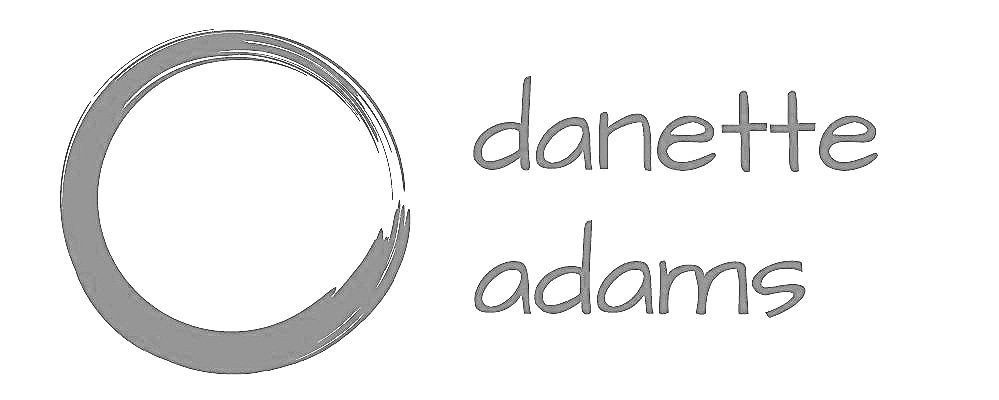withholding judgment (revisited)
In a small exam room, I was overseeing a group of students who, due to any number of physical or cognitive challenges, were being assessed in a smaller, quieter space away from the large auditorium of exam writers.
Some of the student behaviour I witnessed was completely expected and predictable for this demographic of students. Forgetting pencils, rulers and calculators. Despite reminders, forgetting to turn off their phones, or not taking hats and jackets off. Forgetting that they were not to view their exam before formal instructions were given to do so.
All of these instances occurred even though this exam would have been their 10th or 11th exam written with precisely the same expectations and the same instructions given each and every single time.
When Judgment Comes (and it always comes)...
When one student began to spend a lot of time looking down at her hands in her lap, my mind jumped right to she’s “trying to get away with something” and I have an ethical obligation to stop her and then silently (or not so silently) judge her for her lack of a moral compass.
On the heels of an intense, two-day Threat & Risk Assessment Training Session, I learned more about the power of non-emotional, non-judgmental data collection so I put “withholding judgment” into practice in a concrete way that a detective might do.
But, also as a fan of the rule-of-thumb to “trust but verify”, I first asked the student to keep her hands and eyes on her desk and then, on a piece of paper in front me, I wrote down the following three words:
Curiosity
Context
Compassion
Curiosity
I watched, noticed and asked questions about each student in the room.
One student looked as white as a ghost and bleary-eyed. I wonder if he got any sleep at all last night?
Why, with so many questions to answer, is this other student writing on her shoe then looking blankly off into the distance for long periods of time?
How could this student come to an exam without a pencil, a ruler and without a calculator despite being instructed to arrive with those very items for two years in a row?
Context
An educational assessment or medical diagnosis is not prescriptive but can be helpful for educators to organize information about how a student learns and then implement appropriate support. And anxiety exacerbates symptoms. Students with any challenges (learning, physical, behavioural or mental) will almost always see a rise in their symptoms when anxiety is added to the mix. The behaviour of a student who is struggling with the learning expectations is, again, completely expected and predictable.
Compassion
With curiosity and context, compassion just naturally follows.
If a student’s list of strengths (academic or personal) is shorter that his or her list of lagging skills (academic or personal), then they will struggle. No question. And no surprise.
The student with a long list of lagging skills needs compassion, not discipline. They need understanding and side-by-side guidance, not condemnation. Lagging skills is not a moral issues. It’s a skills issues.
With these three simple steps in only a matter of minutes, I had travelled a long way down the road from seeing the students as “trying to get away with something” to students doing the best they have with the skills that they have already developed and despite the many that they have not yet developed.
Judgment was withheld for only a few short minutes while I collected data, most of which was already in the filing cabinets in my brain stored under the heading of “You Know This Already!”.
The most significant difference I noticed was how the shift felt in my body. I felt physically lighter. Letting go of quick judgment and criticism, I felt an ease in my breathing and a release in overall tension. I could let go of the moralizing and support their effort with more compassion.
One small step only, I know. But this is how practice works.
I also know that the real challenge will be to translate this into my more intimate relationships because those people know where I’ve tied my goat.
But still, it is one small step in the direction of freedom from the tyranny of judgment.
And towards a practice of curiosity, context and compassion.


